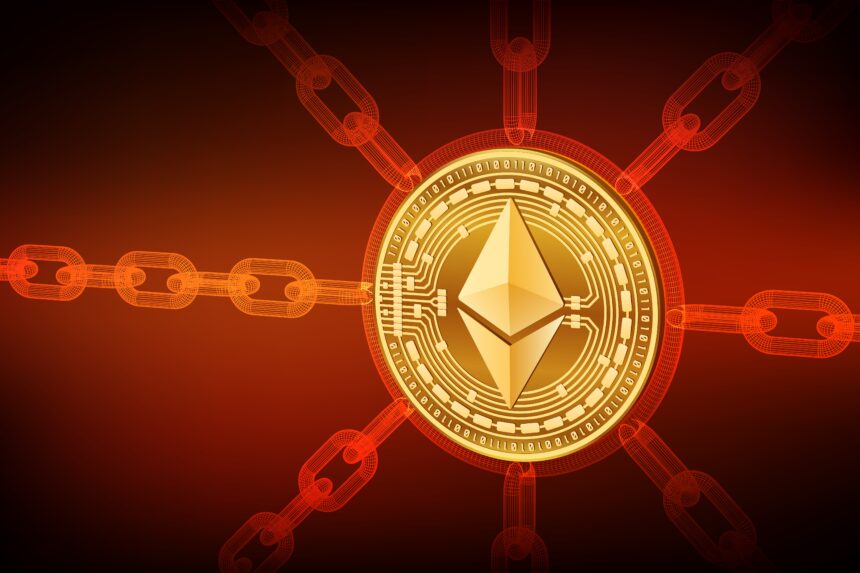If you landed here, you’re probably looking for an Ethereum 2025 guide that explains what actually changed, what Layer-2 rollups mean for fees, and whether everyday users should care about staking. This no-hype walkthrough covers the roadmap, scaling, wallets, fees, and safety so you can use Ethereum with confidence — not speculation.

Quick Facts
- Ethereum’s recent upgrades — Merge (PoS), Shapella (withdrawals), and Dencun (EIP-4844 “blobs”) — are live.
- Rollups (Layer-2s) post data to Ethereum and can lower user fees dramatically vs. Layer-1 activity.
- Staking lets you help secure Ethereum and earn protocol rewards; risks and trust assumptions vary by method.
- This Ethereum 2025 guide emphasizes practical steps: choosing a wallet, paying less in fees, and avoiding common security mistakes.
1) Ethereum in 2025 — what actually changed?
The big milestones are now behind users: The Merge moved Ethereum to proof-of-stake (cutting energy use), Shapella enabled validator withdrawals, and Dencun introduced “blob” space via EIP-4844 — a cheaper data format that rollups use to settle batches on Layer-1. In short: the network keeps its security while offloading bulk activity to Layer-2s, where fees trend lower and throughput rises. This Ethereum 2025 guide focuses on how you benefit day-to-day.
2) Fees & speed: how rollups help in plain English
Think of a rollup as a high-speed lane that bundles transactions, compresses them, and posts the summary to Ethereum for security. Thanks to Dencun’s “blob” space, that posting step is cheaper, so rollups can pass savings on to you. Some rollups use validity proofs (often called ZK), others use optimistic designs; both aim to scale while inheriting Ethereum’s security. The key takeaway of this Ethereum 2025 guide: for most everyday actions (swaps, transfers, minting), a modern L2 is the right default.

3) Wallet choices that fit 2025 (simple & safer)
Pick a wallet by how you’ll use it. For small, daily activity, a reputable mobile or browser wallet with strong security features is fine. For savings, a hardware wallet (paired with a hot wallet for convenience) strikes a good balance. This Ethereum 2025 guide suggests you write down the seed phrase offline, add a passphrase if supported, and store backups securely in two locations. Consider passkeys and multi-factor security for exchange accounts you still use.
4) Practical fee strategy on L2
- Bridge once, batch actions. Move funds to an L2 you trust and do most activity there.
- Time-shift busy actions. Use your wallet’s fee estimator; avoid peak times.
- Use native tokens. Keep a small buffer of the L2’s gas token so you’re never stuck.
- Favor audited apps. Cheaper isn’t worth it if the app is unsafe.
5) Staking in 2025: the options & trade-offs
Staking secures the network and pays rewards, but risk varies by method. Broadly:
- Solo staking: you run a validator with 32 ETH. Highest control, highest responsibility.
- Pooled or liquid staking: you stake smaller amounts via a protocol and receive a liquid token. Convenience vs. smart-contract and protocol risks.
- Centralized staking via exchanges: easiest UX, but introduces custodial risk and policy exposure.
This Ethereum 2025 guide recommends learning how withdrawable staking works post-Shapella, how slashing/penalties are avoided, and what extra risks liquid staking tokens carry (smart-contract risk, depegs). Never stake funds you can’t afford to lock for the protocol’s timing assumptions.
6) Safety first: 12 habits that prevent most losses
- Verify URLs and contracts; bookmark official sites.
- Use a hardware wallet for savings; confirm addresses on-device.
- Enable phishing protection / blocklisted sites in your wallet.
- Review token approvals; revoke unused permissions monthly.
- Prefer audited protocols with public docs and clear risk pages.
- Keep OS, wallet, and browser updated; avoid extensions you don’t need.
- Use different wallets for experimentation vs savings.
- Turn on 2FA/passkeys for any exchange logins.
- Write seed phrases on paper or steel; never in cloud notes.
- Test a small transfer before moving large amounts or bridging.
- Beware “support” in DMs; official teams won’t ask for your seed.
- Log activity; screenshots help if you need support later.
7) Choosing a Layer-2 in 2025 (a simple checklist)
- Security model: optimistic vs validity proofs; escape hatches; fault/validity proofs live?
- Data availability: on-chain (Ethereum) vs alternatives; on-chain DA tends to be safer.
- Bridge risk: native L1 ↔ L2 bridges are safer than third-party ones.
- Ecosystem quality: audited apps, reputable teams, public docs.
- Fees & UX: fast confirmations, stable RPC, clear fee estimates.
8) Glossary (plain English)
Rollup: a network that processes transactions off-chain and posts proofs/data on Ethereum. Blob: a cheaper, temporary data format added in Dencun that rollups use to lower costs. Staking: locking ETH to help secure the network and earn protocol rewards. Security assumptions: what must be true for funds to be safe (e.g., fraud proofs available, DA on L1).
9) Step-by-step: getting started the safe way
- Choose wallets: one hot (daily), one hardware (savings).
- Fund gas: buy a small ETH buffer for fees.
- Bridge to an L2: use the official L1↔L2 bridge first; test with a small amount.
- Try a simple action: a small swap or send to get a feel for fees and confirmations.
- Review approvals: revoke anything you don’t recognize.
- Explore safely: stick with audited apps and public docs.
10) Internal resources on Bulktrends
- Protect Your Crypto: Best Practices for Secure Cryptocurrency Storage
- Blockchain & Cryptocurrency: What’s Next for This Revolutionary Tech?
- The DAO Hack: How a $60 Million Exploit Changed Ethereum Forever
- Crypto in 2025: The Ultimate Guide to Clarity, Innovation, and Real Momentum
11) Authoritative external sources
- Ethereum.org — Roadmap (Merge, Shapella, Dencun, Pectra)
- EF Blog — Dencun Mainnet Announcement (EIP-4844)
- Ethereum.org — Staking Overview
- L2BEAT — State of Layer-2 Ecosystem
12) FAQ (fast answers)
Do I need to move to an L2? Not strictly, but for most everyday use, an L2 offers lower fees and good UX.
Is staking “set and forget”? No. Understand the method, withdrawal mechanics, and risks before you stake.
Why do fees still spike sometimes? Demand can surge; time-shift heavy actions or try another L2.
Conclusion
The theme of this Ethereum 2025 guide is simple: use rollups for cheaper, faster activity, treat staking as an informed choice (not a default), and follow basic security hygiene. With those habits, Ethereum becomes approachable — and useful — for everyday goals.
This article is educational and not financial advice. Always do your own research and consider your risk tolerance.






